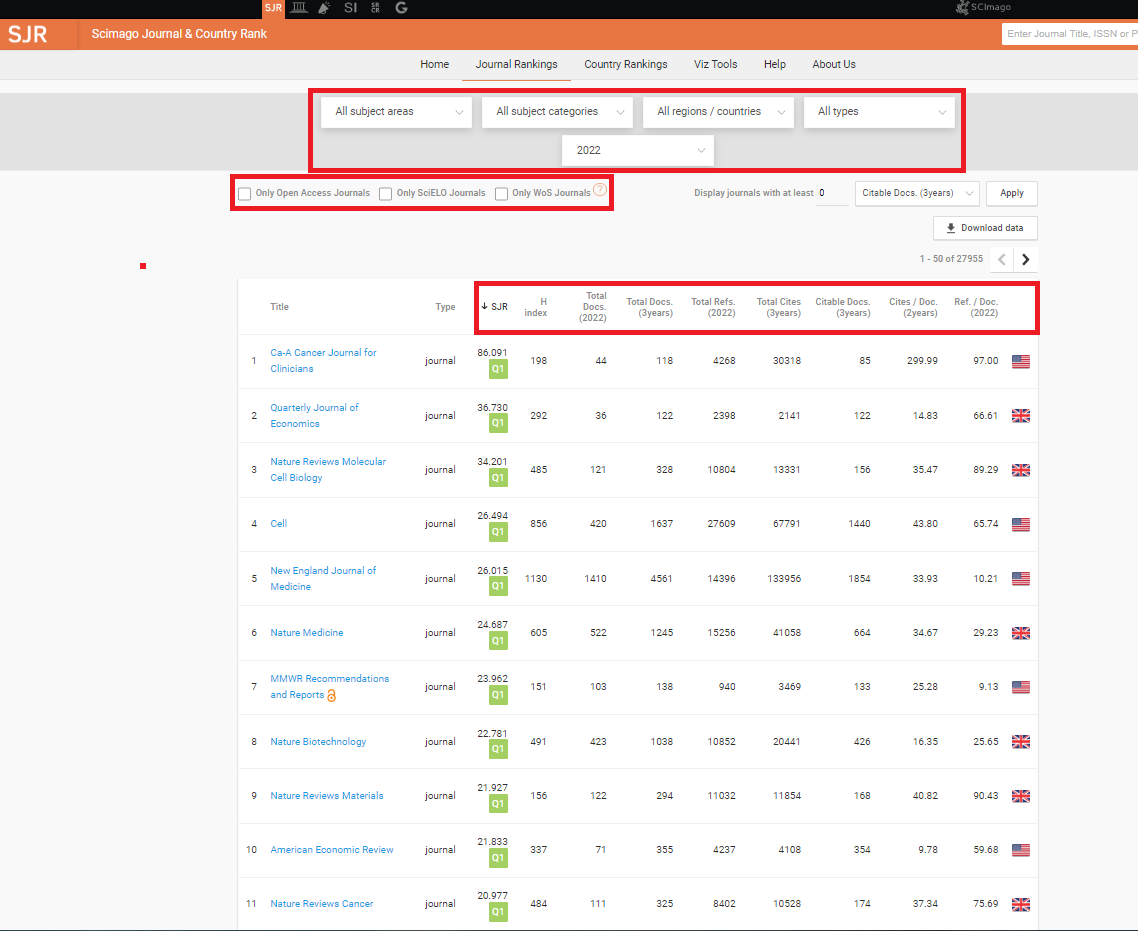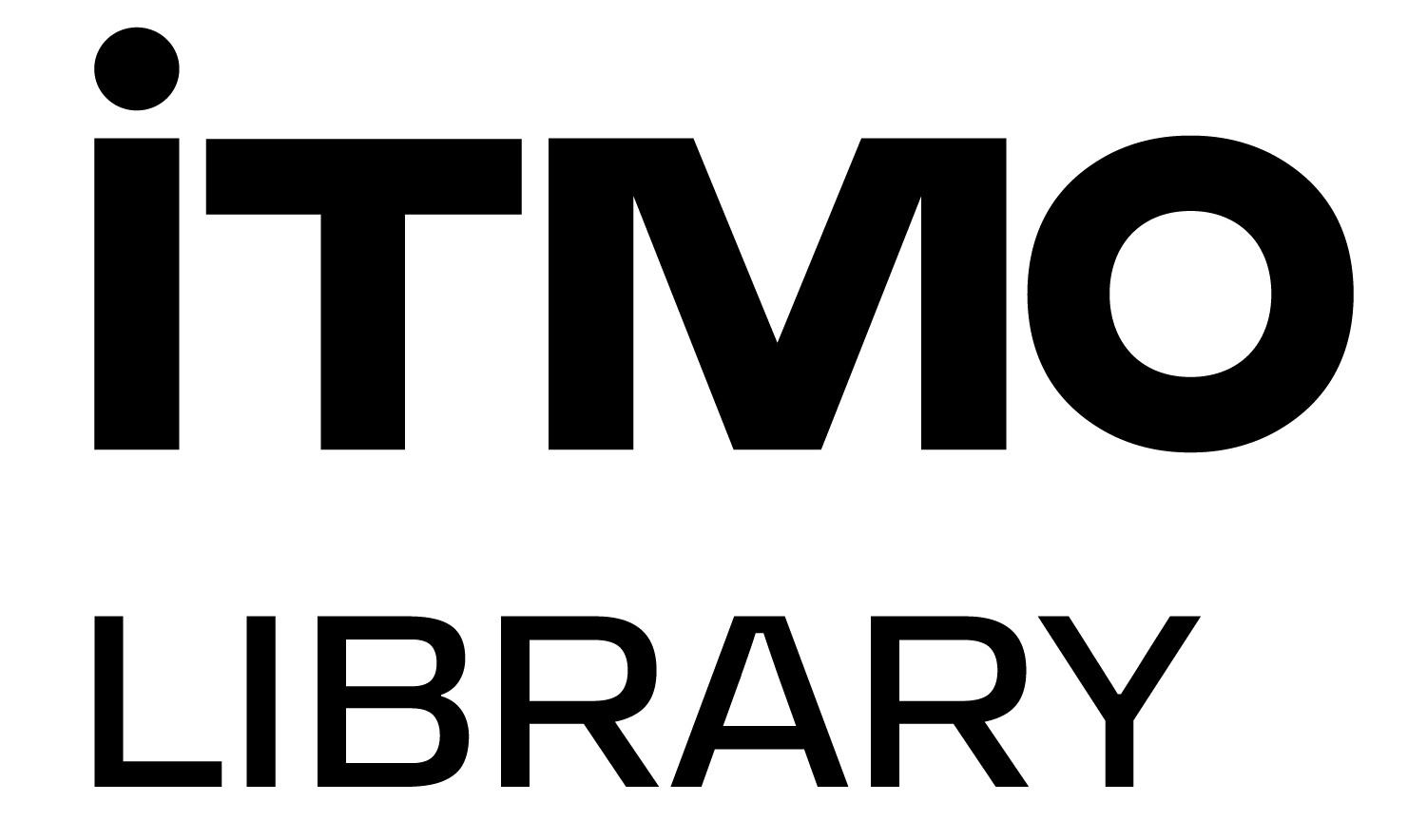SCIMago Journal Rank (SJR) is a metric that evaluates scientific relevance of a journal. It has a much more sophisticated calculation algorithm compared to the impact factor (JIF).
Apart from rating citations quantitatively, the indicator takes into account the weight of the journal compared to others. A link from a prestigious journal, for example, Science “weighs” more than a link from a little-known and not much cited one. Thus, a journal with a high SJR has a large number of high-quality citations from other authoritative sources. To calculate the indicator, correlation is important between the subject area of the cited journal and of the citing one. Currently, the SJR2 version updated in 2012 is used to generate the rating. Its detailed calculation can be found in the original article by the compilers (free access). The developers primarily relied on the well-known Google PageRank algorithm.
The SJR was developed in the 2000s by the SCImago research group at the Spanish University of Granada and is calculated using the Scopus database. Unlike Impact Factor, SJR covers a wider range of journals and is published annually on the SCIMago Journal Ranking open access online platform. SJR is calculated only for those journals that have been indexed in the Scopus database for long enough : sources recently included in the database do not have an indicator yet. A journal's SJR value changes from year to year, so it is calculated for a specific (reporting) year. By agreement with Elsevier, SJR indicators are also presented in the journal profile on the Scopus platform.

Subject categories and quartiles
In the evaluation practice, it is more common to use the distribution of journals into quartiles derived from SJR rather than its absolute value. Quartiles, as a particular case of quantile, divide the list of values into four equal parts. Division by quartiles is performed to compare journals from different subject areas. Thus, all Scopus journals are assigned to certain thematic categories. SCImago uses 309 narrow subject categories. The first quartile is composed of 25% of values, the second one comprises 50%, the third one is related to 75%. The higher the quartile, the more prestigious is the journal: from Q1 to Q4. In turn, this distribution determines the assessment of articles and of the authors' publication activity. Please note that a journal can be classified into several thematic categories and, accordingly, have several quartile values, which may not be the same for different subject areas.
On the SCImago website you can search for a source by:
- journal full title
- phrases from a journal title
- ISSN number
- publisher
Click on the “magnifying glass” and select the journal from the results.

If you want to select a journal for publication, the following search options are available:
- 27 subject areas
- 309 thematic categories, which are divided into quartiles
- publisher country
- type of source (journal, book series, conferences and proceedings, trade journals)
- year of the SJR value (most journal metrics are calculated in the middle of the year following the reporting year)
You also see filters to search only for open access journals and for the topics that are indexed in the Web of Science database. The list of journals can be ranked according to all available parameters.

Click on the journal title and enter its profile. All subject areas and categories with the corresponding quartiles are indicated there. SJR quartile values for different years are shown in the graph. To see the value, move the cursor to the point corresponding to a certain year. In the graphs below you can also see the dynamics of various indicators.




